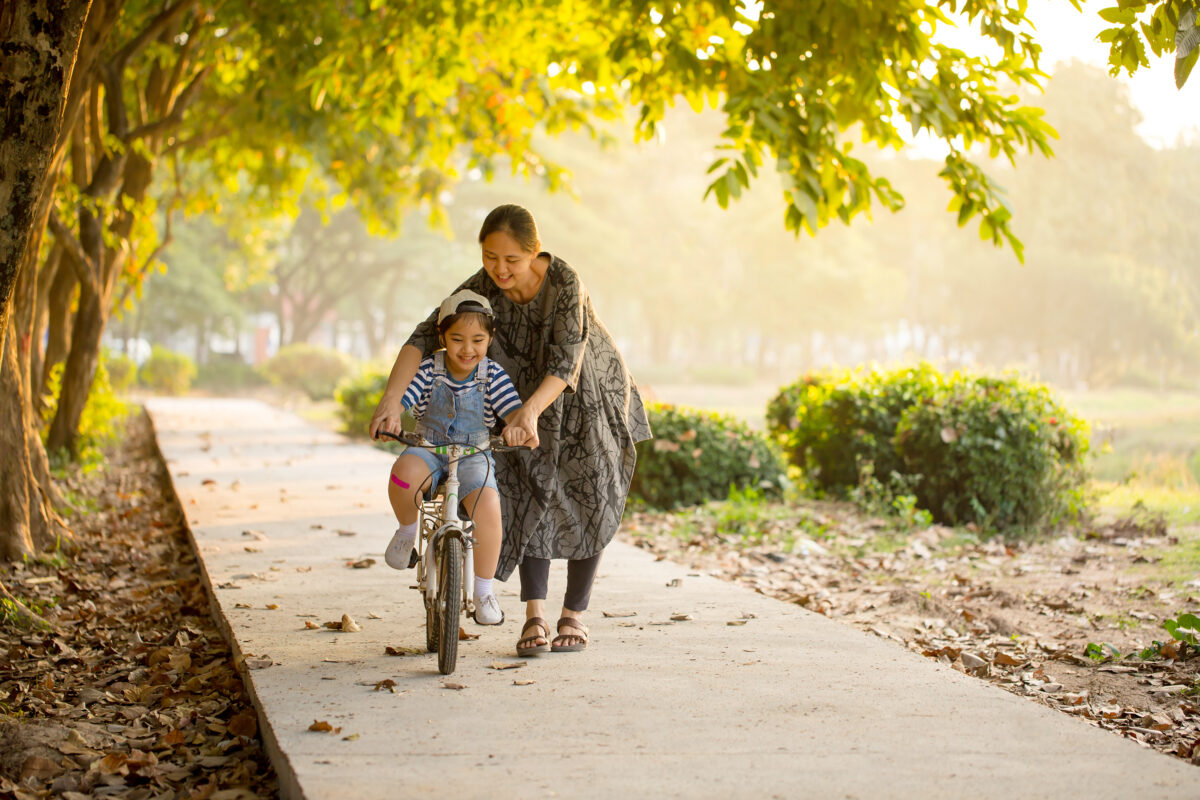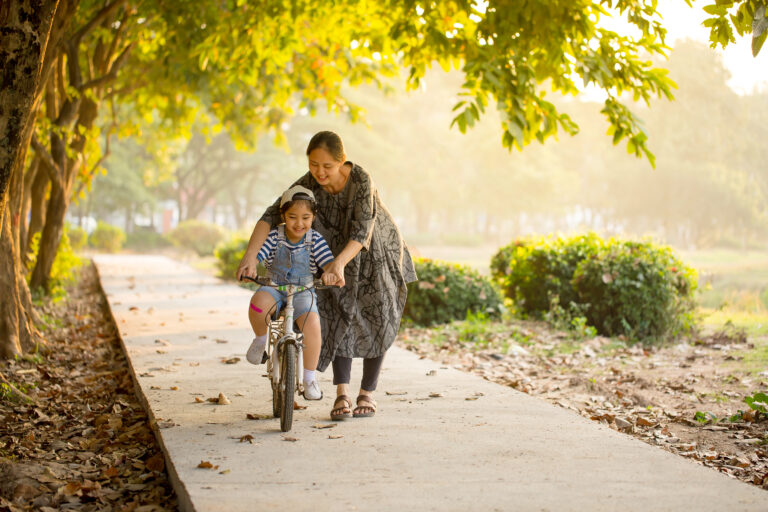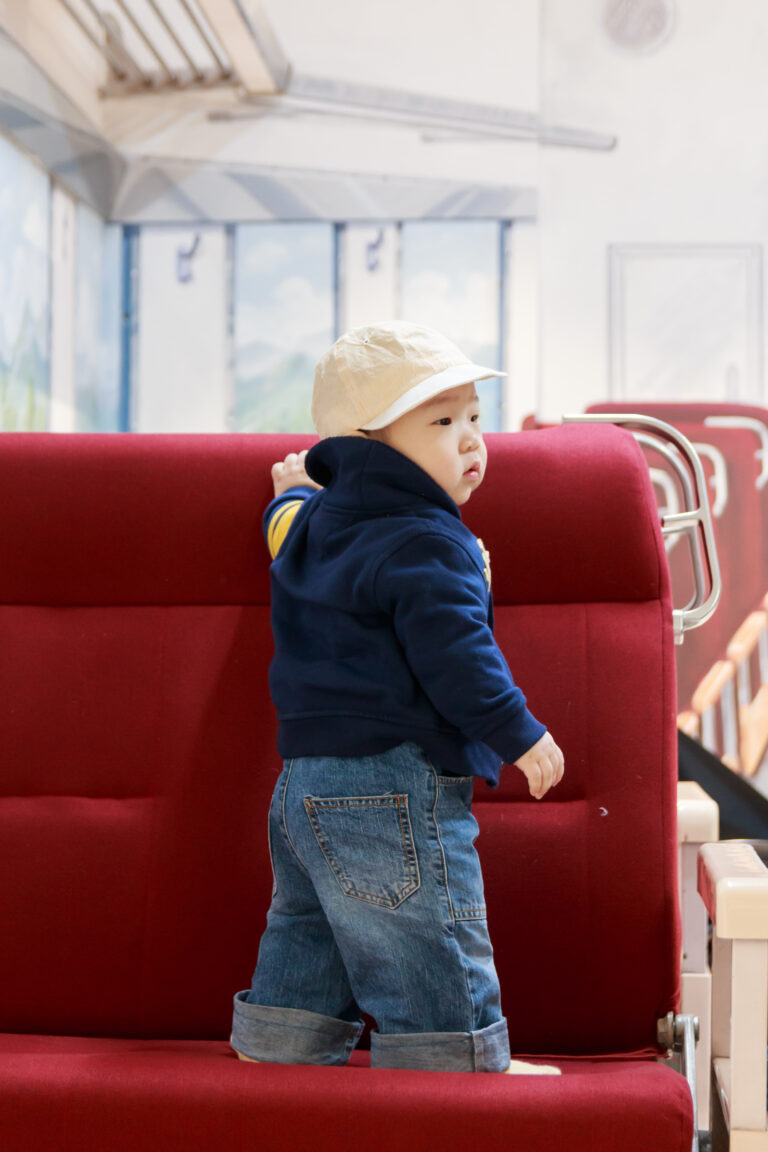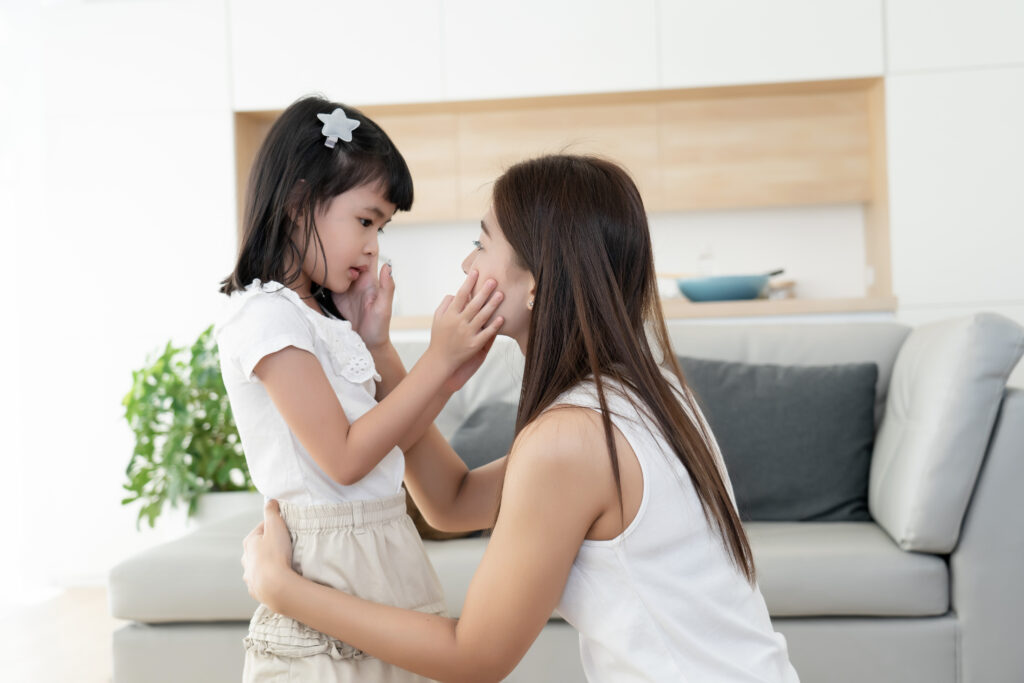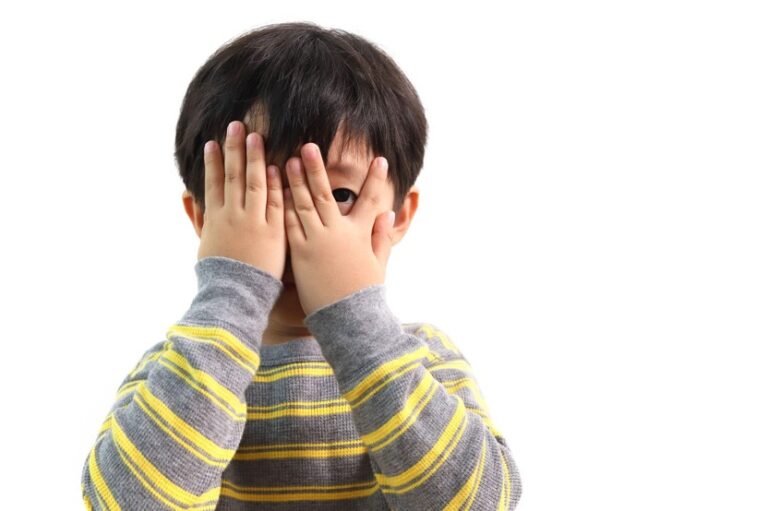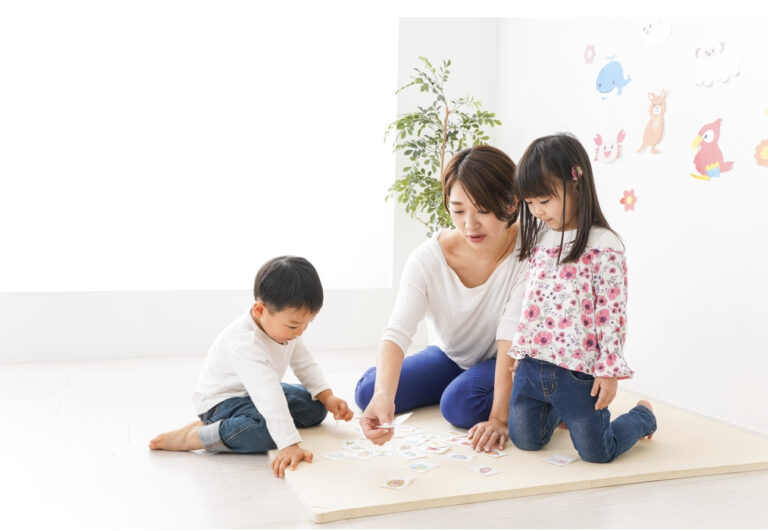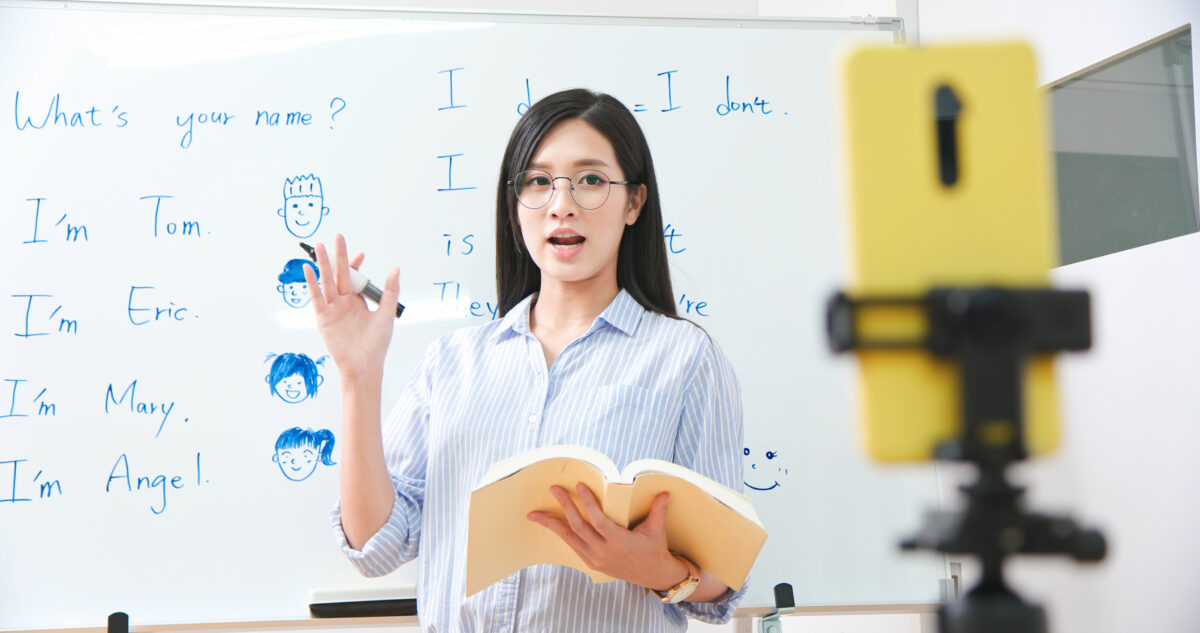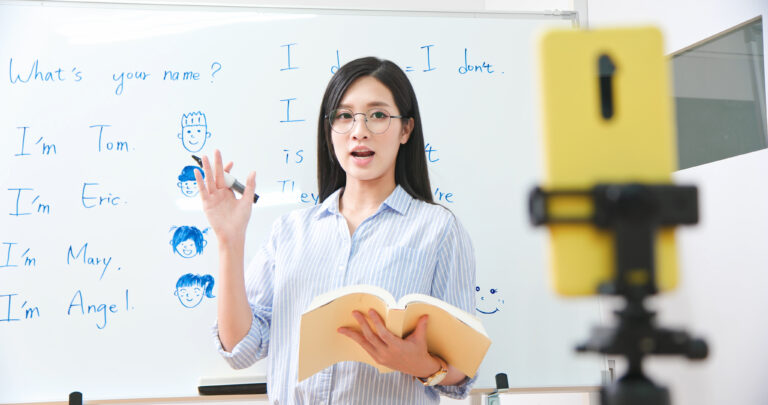How to enhance children's resilience?

Source: Education expert, Cheung Jok Fong
I attended a lecture by “Warrior of Regeneration,” Miss Yeung Siu Fong, earlier. She shared her experience of losing both hands in an accident at the age of nine. However, she did not give up and instead equipped herself more actively. With hard work, she not only became a swimming athlete in the Asian Games but also started art creation by using her feet in place of hands. She successfully enrolled in the Hong Kong Academy of Arts and became an inclusive artist. In 2011, she was selected as one of the “Ten Most Touching Hong Kong Figures” and became a “Hong Kong Spirit Ambassador” in 2013. After the lecture, I asked some classmates for their opinions, and they all expressed that if they encounter difficulties in the future, they will no longer be afraid because they believe that there is always a way to solve things and they want to face difficulties as positively as Sister Siu Fong.
Cultivating resilience from an early age
In the journey of life, we will inevitably encounter adversities. At that time, how should we face them with the right mentality and approach? Nowadays, parents often invest a lot of effort in their children’s academic performance, hoping that they can “win at the starting line.” However, while pursuing academic excellence, it is equally important to cultivate a spirit of perseverance. Unfortunately, some people choose different ways to escape when faced with difficulties, and some may even be so disheartened that they end their precious lives, which is truly regrettable. As educators, we have a responsibility to help students enhance their ability to cope with adversity, and this resilience needs to be cultivated from an early age.
Three key elements to enhance resilience
Experts point out that there are three key elements to enhance resilience: “optimism,” “efficacy,” and “belongingness.” “Optimism” is easy to understand literally; it means having hope for the future and believing that there is always a way to solve problems. This is the attitude one should adopt when facing difficulties. “Efficacy” includes how to manage emotions and establish problem-solving methods when facing challenges, which represents the ability needed to overcome difficulties. “Belongingness” refers to the care and support from people around the individual in question.

For children, the roles of family members and teachers are especially important. For example, when a child faces academic difficulties, if they can feel the care and support from their parents and teachers, and not be treated with disdain, scolded, or spoken to harshly because of low grades, but instead walk alongside them and seek ways to improve their academic performance, it will make them feel that their family and school are a place of “shelter from the storm.” In short, “belongingness” is the cornerstone for establishing “optimism” and “efficacy,” and it serves as the motivation provided to those facing challenges.
Cultivating resilience starts with small things
So, how can we cultivate children’s resilience in daily life? Should we wait until they encounter setbacks to teach them? In fact, we can start with some small things. Take skipping rope as an example. No child is born knowing how to skip rope. At this time, parents can encourage them and let them believe that they are capable of learning, which is the aforementioned “optimism.” Additionally, parents can assist from the side or demonstrate the correct way to skip rope, making them feel that their parents are accompanying them and going through difficulties together, which is the “belongingness” mentioned earlier. After the child experiences a taste of success after a few attempts, they can try to figure out how to coordinate their body and master the technique of skipping rope on their own, which is the “efficacy” mentioned above.
In conclusion, we can teach children from an early age to face difficulties with an optimistic and positive attitude and provide them with opportunities for self-challenge. More importantly, let them feel the support and care from the people around them.




